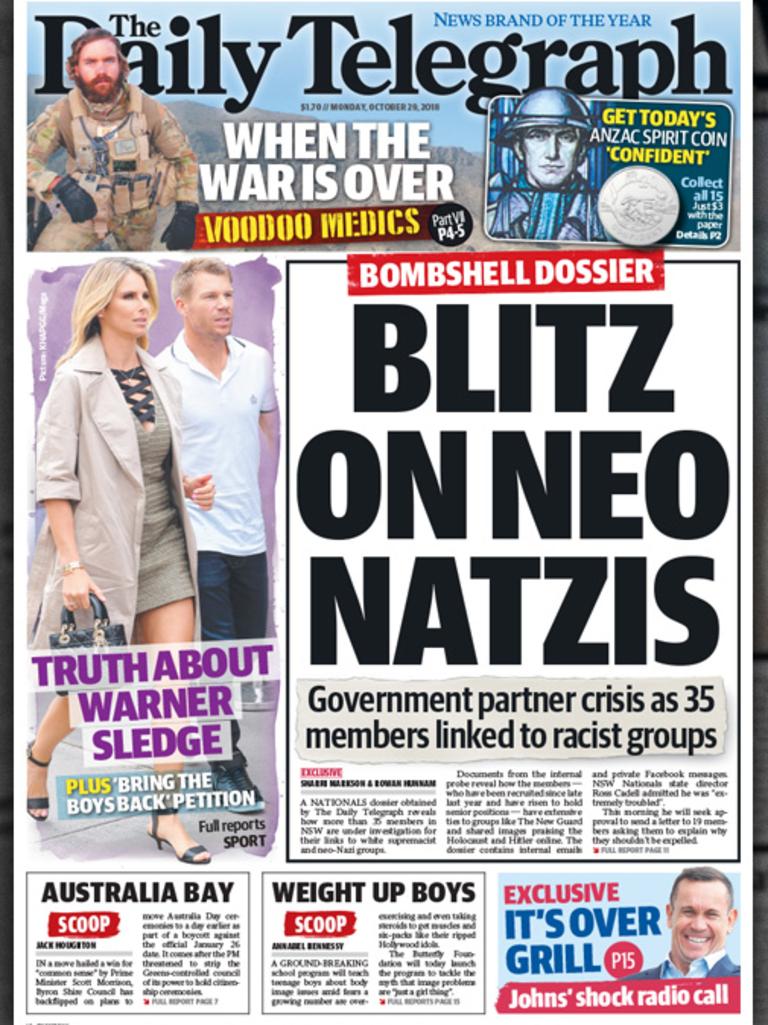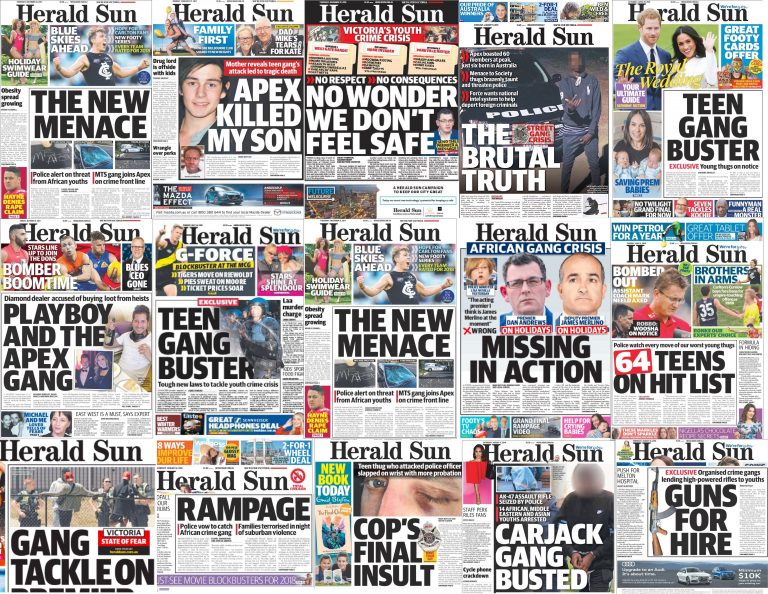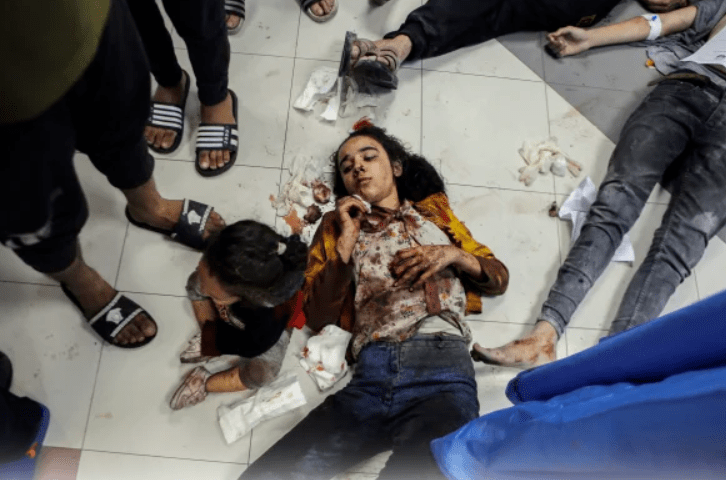In the wake of Victoria’s recent ban on public displays of the Nazi salute, there is growing scrutiny surrounding media reporting in Australia and how language is often used to perpetuate negative stereotypes of people from culturally and linguistically diverse (CALD) communities.
In recent years, mainstream media outlets have come under fire for their language and framing when reporting on far-right extremism.
A rise in far-right extremism across Victoria, home to at least a dozen known antisemitic gangs, has seen a sharp increase in irresponsible reporting.

Similar concerns have been raised about the media reporting on the Israel-Hamas conflict, as aggressor and victim lines are often blurred, with no distinction made.
Critics argue that this bias in language can perpetuate stereotypes and misrepresent the threat posed by different extremist groups. One of the most significant concerns is the unequal treatment of individuals based on their ethnicity or race.
While ethnic criminals are often labelled as “terrorists” or part of a “gang”, their white counterparts receive more dignified and humanising descriptors, such as their profession or the use of less pejorative terms like “far-right group” or “organisation”.
This discrepancy in language is not merely a matter of semantics; it can have far-reaching consequences in shaping public perception and policy responses to extremism.

A 2019 report by All Together Now found 57 per cent of opinion pieces discussing race involved racist language or themes and 96 per cent were by media commentators with an Anglo-Celtic or European cultural background.
Labelling people involved in criminal activities as part of a “gang” immediately dehumanises them and associates them with negative connotations which can fuel existing biases and affect how the public views the threat they pose.
By consistently referring to ethnic criminals as “gang members,” it creates an impression of a widespread, menacing network. On the other hand, the language used when describing white extremists can downplay the potential threat, making it appear more isolated.
Biased language can influence law enforcement and government responses to extremist activities. Stricter measures may be taken against ethnic groups based on media portrayals, whereas white extremist groups may not receive the same level of scrutiny.
The media is a powerful influencer of public opinion. Biased reporting can shape the way society perceives these issues, affecting community cohesion and the ability to combat extremism at the grassroots level.
To address these concerns, media outlets must adopt more consistent and equitable language in their reporting. Far-right extremist individuals, regardless of their race, should be identified by their actions, affiliations, and criminal activities rather than being subjected to prejudiced terminology.
The media plays a vital role in shaping our understanding of far-right extremism. Unconscious bias in language usage not only influences public perception but also has a significant impact on policy responses and social cohesion. It is imperative that we remain vigilant and work toward more balanced and responsible reporting to address this issue.

